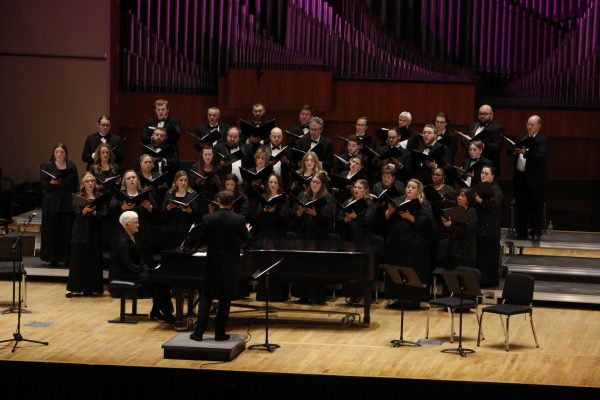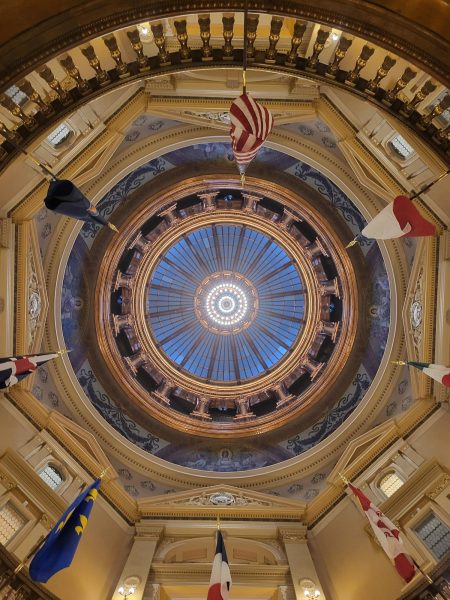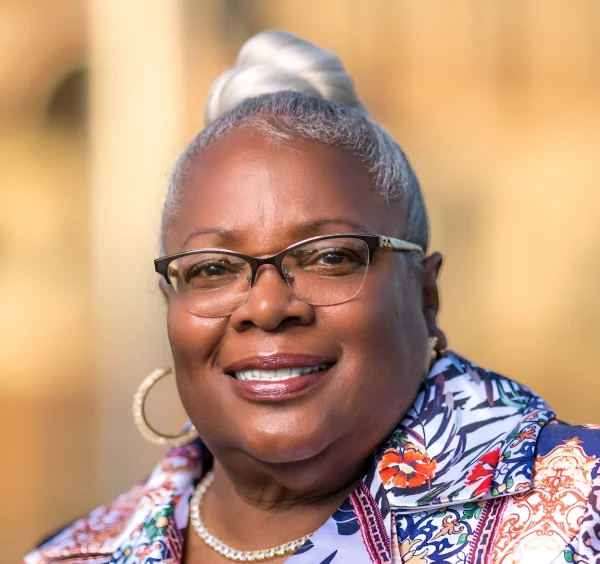Orchestra shows mastery over music to an awed audience
The sixth concert on the list was performed by a full orchestra. The nearly full concert hall held an large audience waiting in anticipation. Then, the musicians came out to a sea of applause.
The concert featured three pieces: German composer George Frederick Handel’s “Harp Concerto in B-flat Major, HWV 294; Op. 4, No.6”, Czech composer Antonín Dvořák’s “Serenade in D minor, Op. 44, B. 77”, and Austrian composer Wolfgang Amadeus Mozart’s “Symphony No. 41 in C Major, K. 551”.
The first concerto was composed for the first performance of the ode “Alexander’s Feast” at the Covent Garden Theater on February 16, 1736. It is the only one of Handel’s Opus 4 works which wasn’t influenced by his previous compositions. Rita Costanzi was central to the success of the three-movement piece. She played the harp with delightful delicacy, without being too overpowering she had just intensity enough to create an impact. The whole orchestra performed brilliantly.
The second piece, a four-movement serenade, was played in an equally brilliant manner, with Catherine Larsen-Maguire conducting. While Dvořák’s composition draws from the Classical period, it departs from it with the addition of the third horn and the cello.The whole piece has a cyclic feeling to it, as the final movement brings back the march theme from the first movement before ending with a brief coda in D major.
The third and final piece concluded what was a concert of a very high caliber. It featured Mozart’s work, “Symphony No. 41 in C Major, K. 551”, a four-movement piece in which three of the four movements were written in sonata form. It was an uncharacteristically energetic piece that enthralled the audience. The song has, attributed to it, the moniker “Jupiter” for its godlike perfection.
The audience members were invited to join the musicians for a post-concert social event at Boss Hawg’s Barbecue.
Your donation will support the student journalists of Washburn University. Your contribution will allow us to purchase equipment and cover our annual website hosting costs.













